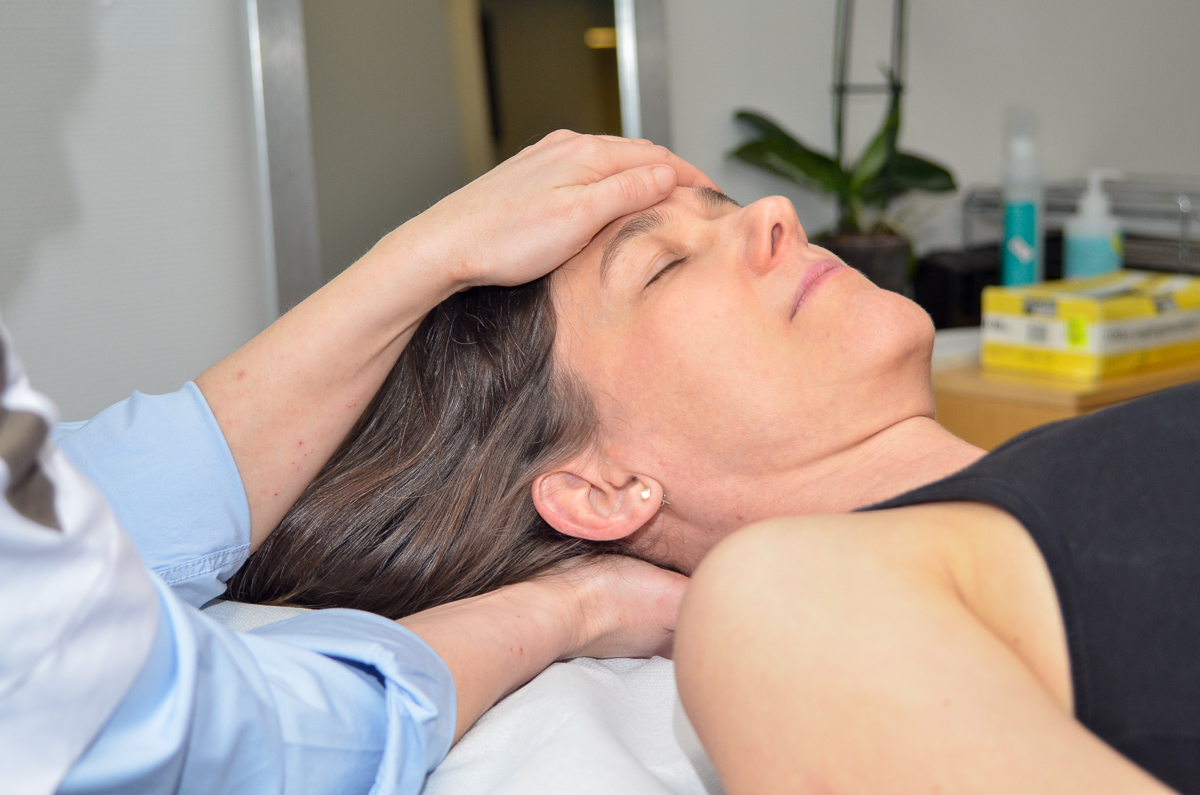Neck pain
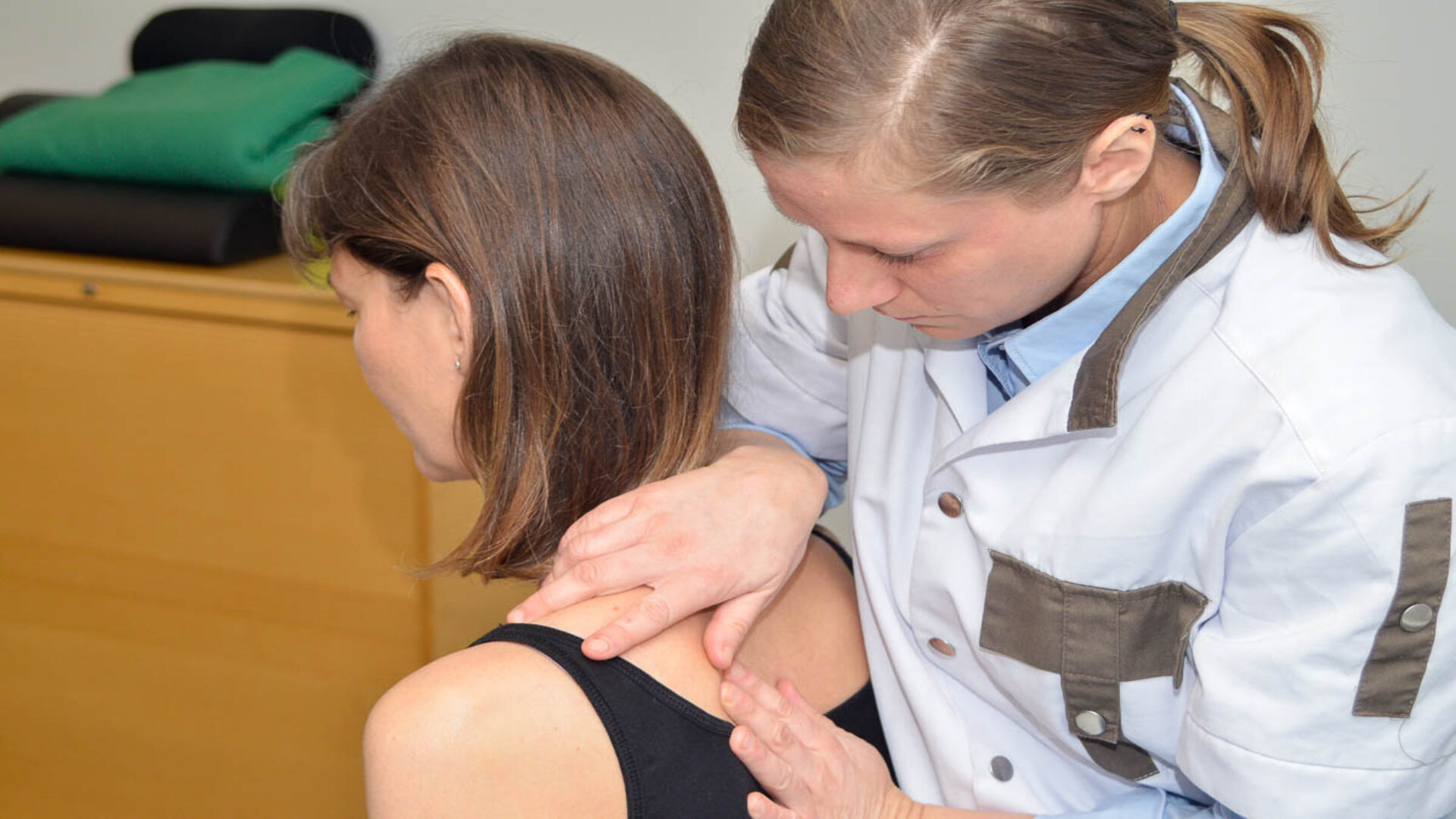
What is neck pain?
Neck pain is a common reason for consultation in osteopathy. It concerns the area around the 7 vertebrae of the human neck, from the base of the skull to the part joining the upper back and the shoulders. It is intimated liked to the skull, the visceral part around the throat, the shoulders, and the rest of the spine. Neck pain can have many different origins, so the osteopath will ask you to describe your pain and practice different tests, in order to provide more personalized treatment possible.
Whatever you are suffering from an identified deceased or not, osteopathy can be of help. The osteopath is educated to make a diagnose, so you don’t have to visit your doctor before to come, but if you do or if you pass medical tests (x-ray, MRI, scan, blood test…), make sure to bring the results with you.
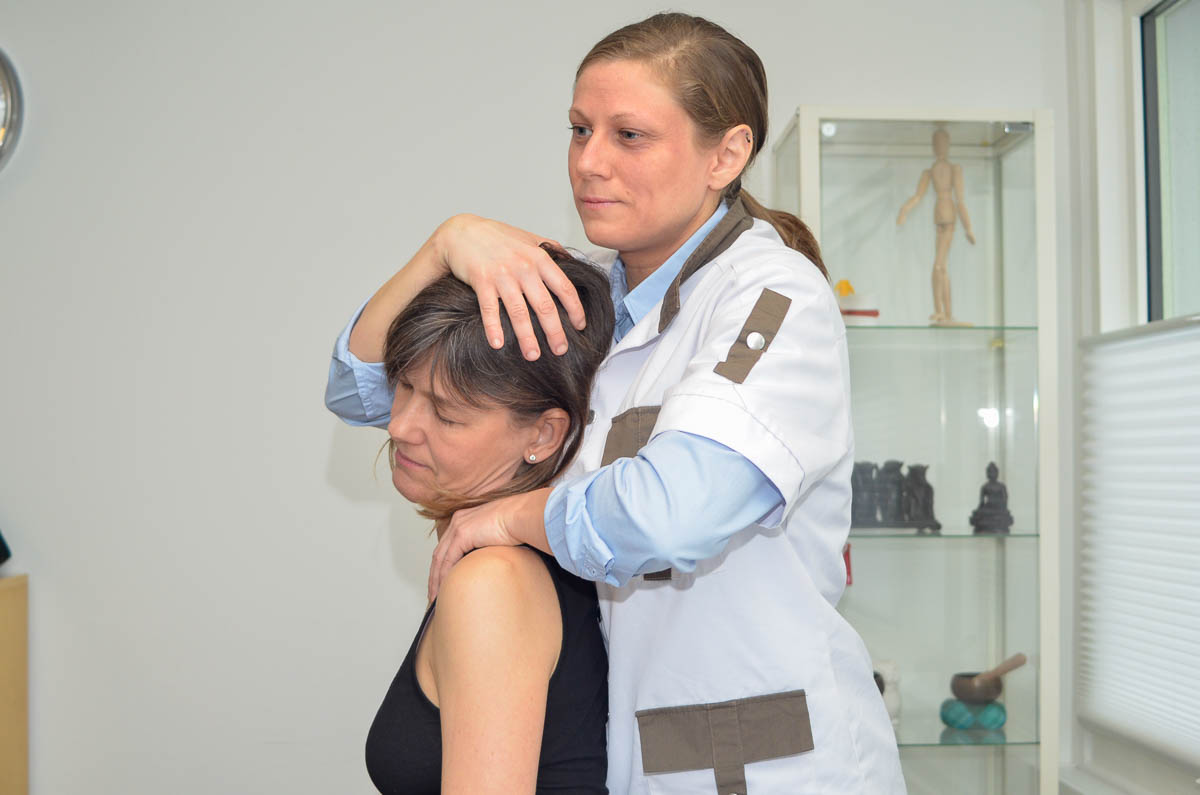
Locked neck – Torticollis
Typically happen in the morning, while waking up, often after a false movement or a bad position of sleep. It is described as a sharp pain in the neck, with important restriction of the mobility. It can be a sign of an untreated chronicle neck pain getting worse.
It can be impossible to look straight forward, and the pain is triggered by movement.
This trouble is actually a defensive system: A chronicle neck pain can damage the spine joints, so the body is putting tremendous muscles tensions to reduce the mobility, trying to prevent further injury.
This tension, however, is really painful and can last up to 3 weeks without treatment, whit a huge risk of relapse.
The osteopath primarily will restore the mobility locally, to reduce the pain, then as usual get to the root problem, to prevent relapse. Depending on the conditions, advice will be provided.
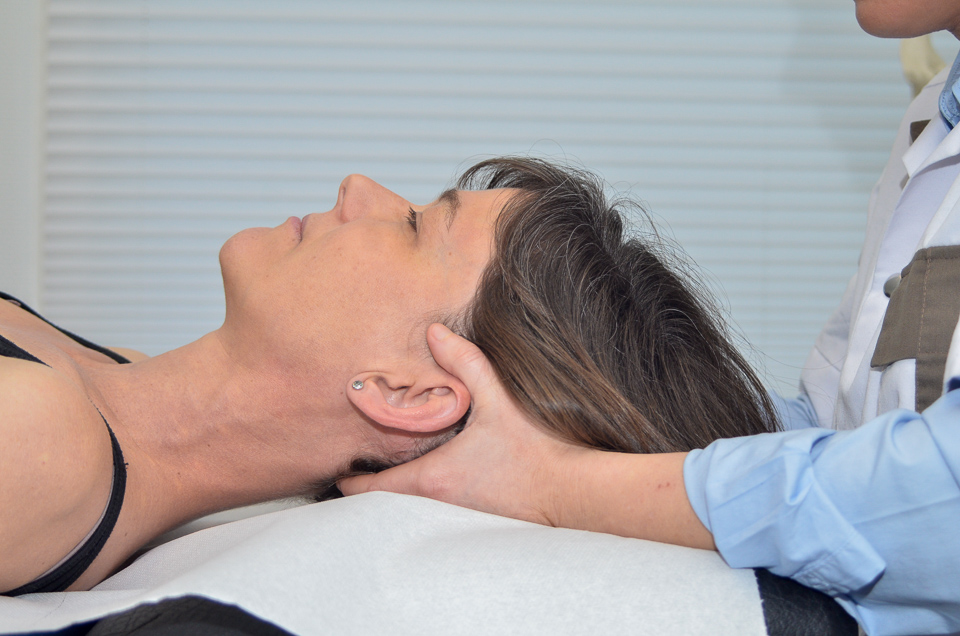
Whiplash
The most common neck trauma is called whiplash and can be caused by a choc, a fall, or an accident (car accident, sport…). It is due to a sudden forward flexion of the neck, followed by a quick extension. The pain is acute, with major muscle spasms, and often tension headache. The first and second cervical vertebrae (C1 and C2) are the usually the most affected, and it can be the origin of tensions on the dura.
The membrane is situated all along the spine, from the base of the skull to the sacrum, so a whiplash can easily affect different parts of the back. The tension on the dura can also generate trouble at the base of the skull, especially on the temporal and occipital bones (around the ear, and the back side of the head where the neck starts).
Herniated disk – irradiation
In between the 33 vertebrae in the human spine, seat one intervertebral disk, with a central nucleus. If there is an imbalance in the repartition of pressure on a disk, the nucleus will migrate and can come close to a nerve root, creating an irritation of this specific nerve. The irritation can be responsible for impaired sensitivity (abnormal feeling of touch, temperature…), pain, and altered motricity.
The pain is often described as shooting, or like electricity, and the location of this trouble is a good indicator of the segment of the spine implicated. The osteopath will always conduct a careful examination to evaluate the situation and medical and osteopathic tests will allow a good understanding of the mechanisms conducting to the present symptoms.
A nerve can be pinched and irritated for many other reasons than a herniated disk, but treatment can be provided either way.
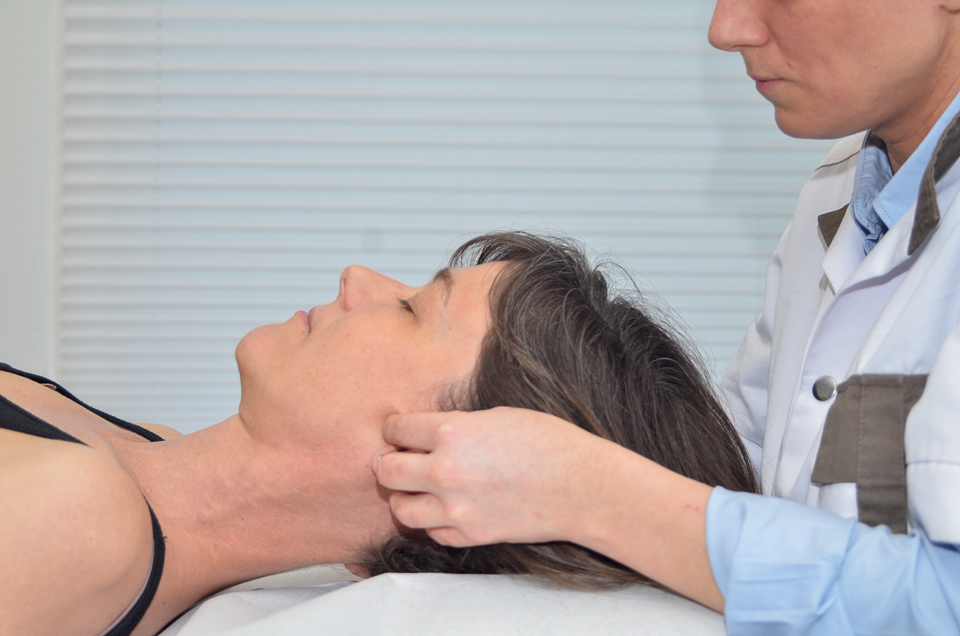
Jaw joint and neck pain
A problem with dental occlusion (the way upper and lower teeth are touching each other properly), jaw clenching, or bruxism (teeth grinding), can influence the neck, and create tightness or pain.
Correct dental occlusion is essential for the posture and the mobility of the neck: there is an interrelationship between muscles and a joint position of the jaw, and the muscles and a joint position of the upper neck and the occiput (the back of the head connecting to the spine).
Stress can also activate the sympathetic nervous system, and be an important factor for masseter tension, one of the muscles responsible for closing of the mouth and masticate. With time, this unbalance can create pain or alter the mobility of the jaw, leading to clenching or bruxism.
The jaw is also anatomically very close to the transverse process of the first cervical vertebra.
This kind of problem may require multidisciplinary support, with the dentist or orthodontist.
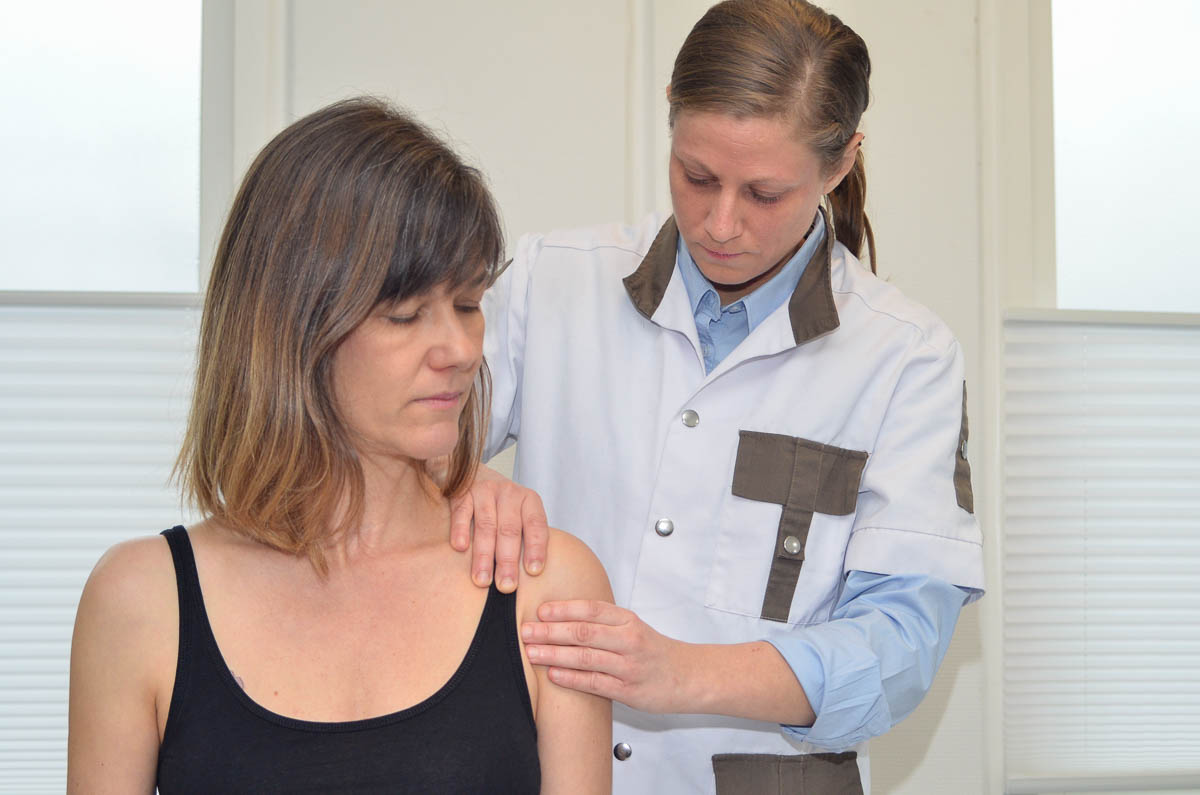
Neck and shoulder pain
The head and the shoulders are connected through the base of the skull, where a lack of mobility can affect both, but also through biomechanics and different muscles.
The clavicle is connected to the cervical spine by the sternocleidomastoideus muscle, linking the temporal and occipital bones of the skull (the back and the side of the head), to the sternum and clavicle. This muscle is powerful, and plays an important role in the biomechanics of the cervical vertebrae, by rotation the head on the opposite side of the contraction.
The scalene is also important muscles of the area. They link the neck to the first and second ribs, very close to the clavicle, and can be responsible for a thoracic outlet syndrome (TOS), a condition in which there is compression in the passageway from the lower neck to the armpit; the compression can be on nerve or blood vessels, and symptoms may occur in any part of the upper limb.
The shoulder blade, on the other hand, is related to the neck mostly by two muscles of importance: the levator scapulae (brings the shoulder blade in a higher position), and the trapezius (mainly elevating the shoulder blade, as well as retracting it closer to the spine, and causing adduction). The latter is a very large and strong muscle, functioning in collaboration with a wide range of other muscles, connecting the base of the skull with the shoulders, and the low back.
Both these muscles can easily be affected by stress or psychological trauma, and affect a large area in between the neck and the shoulders.
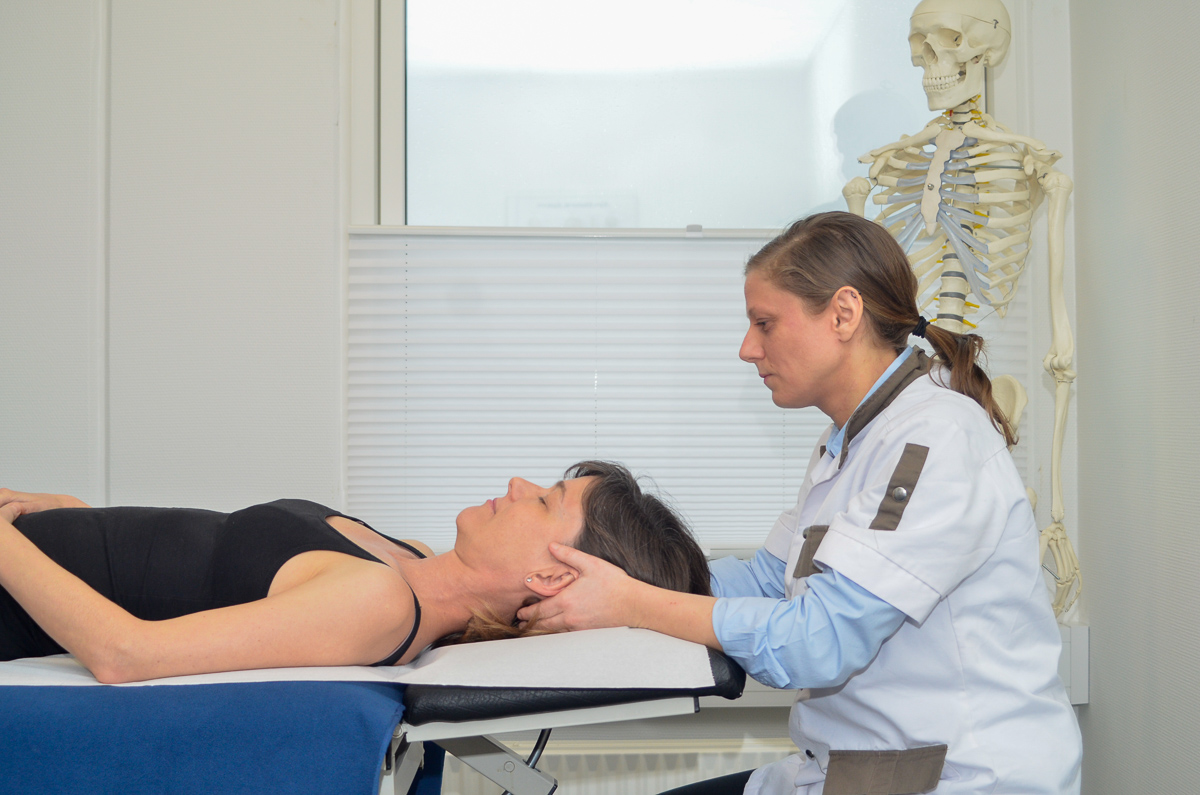
Neck pain and headache
The base of the skull (the occipital bone) is directly articulated to the cervical spine via the first and second cervical vertebrae. A lack of mobility in these joints will create tensions, what might be felt as a tension headache, a feeling of having the head squeezed, like having a too small helmet on. It can come from a period of stress and fatigue.
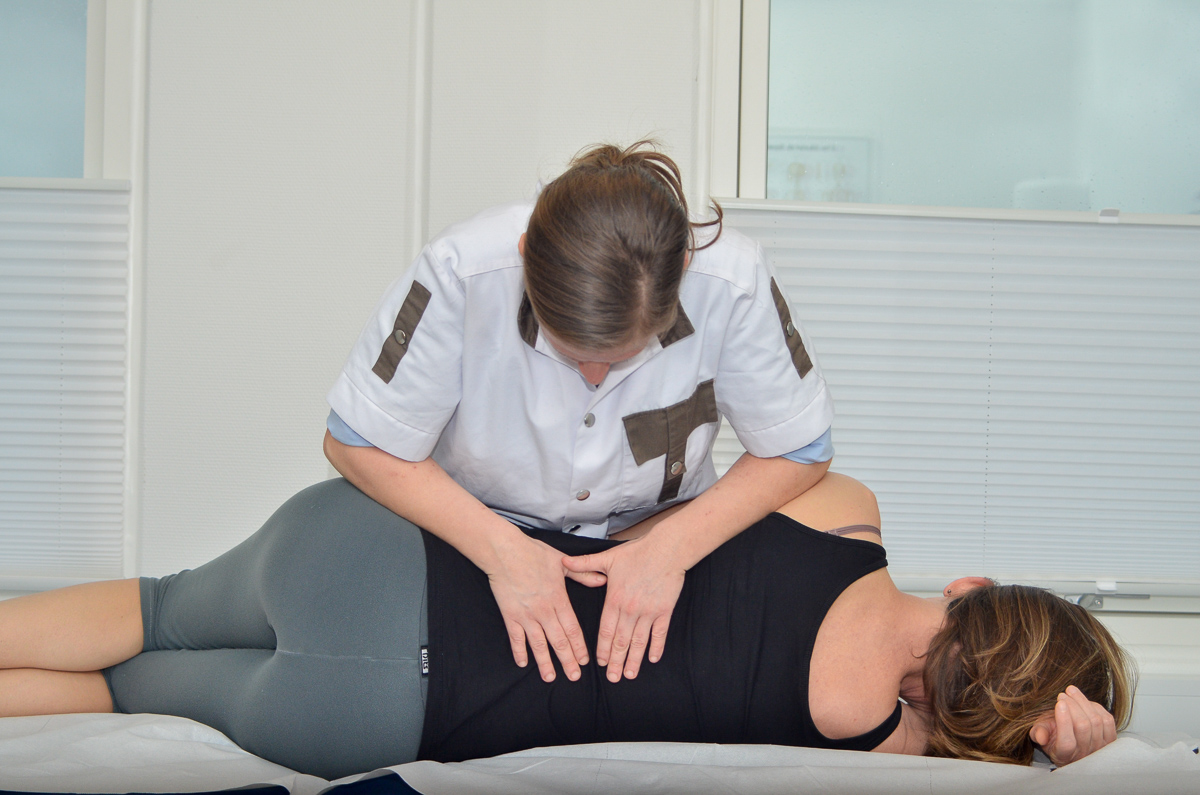
Neck and back pain
The trapezius muscles are going from the top of the skull to D10, the 10th thoracic vertebra, so a tension of this muscle can itself affect most of the spine. As the natural curve of the neck and the lower back is the same, a lordosis, a compensation can appear, in order to keep balance and mobility.
The meninges are the three strong membranes, made of connective tissue, surrounding the brain and the spinal cord. The external membrane, the dura mater, inserts into different bones of the skull, is in close relation with the joint between the base of the skull and the cervical spine, and ends up in the pelvis, inserting into the sacrum. Surgery, trauma, heavy medication or stress can create tension on the meninges and affect diverse points of the back or the neck.
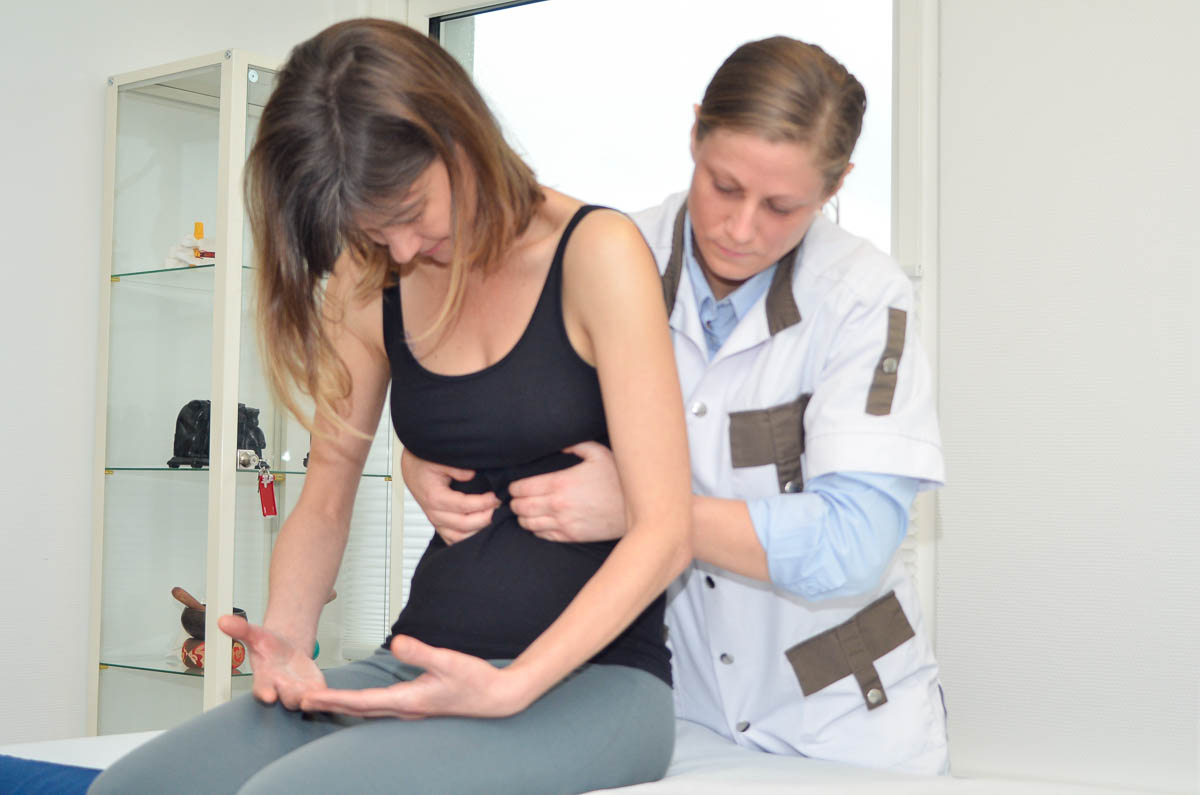
Neck pain with visceral origin
The forward part of the neck is in relation with different fascia (the membrane around muscles), the initial part of the airways and digestive tract, the hyoid bone, the cricoid cartilage, and the thyroid and parathyroids glands. Osteopathic dysfunction on these areas may create neck tightness and pain. Deglutition (swallowing), phonation (talking), and respiration (breathing) function, as well as a hormonal problem from the thyroid (touching particularly women, especially upon pregnancy, childbirth, or menopause), can affect the mobility of the cervical spine, and vice versa.
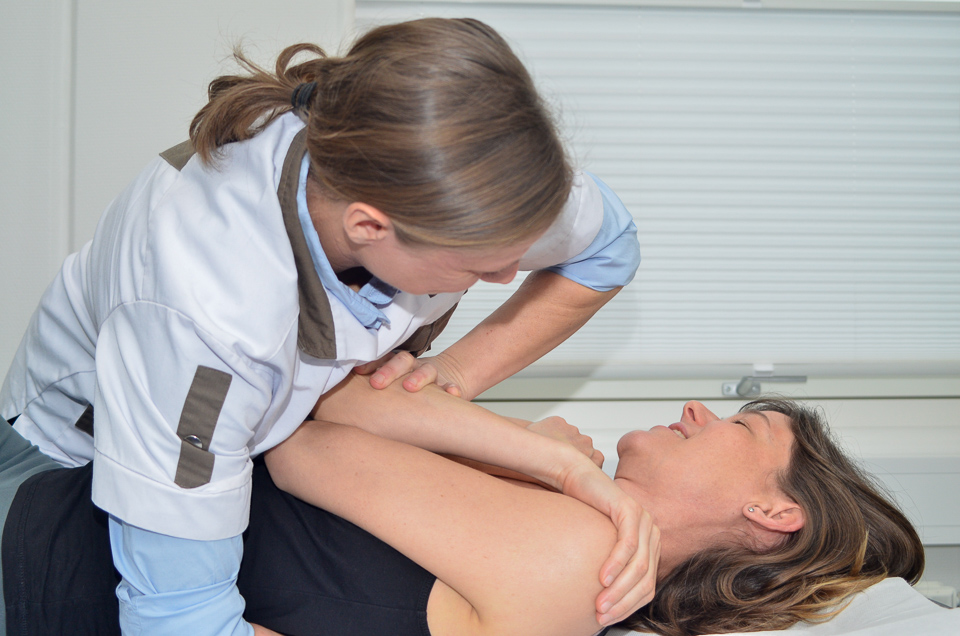
Facets
This syndrome is described as a painful degeneration of the facet joints (the posterior joints in between 2 vertebrae, from C2 to S1). It can be the result of natural aging, excess pressure due to the position at work or sport, a disease concerning the spine, or a trauma. At first, the cartilage will become thinner, or even disappear, so the two pieces of bone will get directly in contact, creating over time bone spurs and thickened ligaments, leading to inflammation and pain.
Typically, the pain is triggered by prolonged standing position or walking, retro or lateral flexion of the back. The amount of pain is not directly correlated to the amount of pain.
An osteopath can’t bring back the joint to his original state, but can understand the reasons beneath the process, and increase the mobility of the concerned joints and tissues, to stop the inflammation.
-
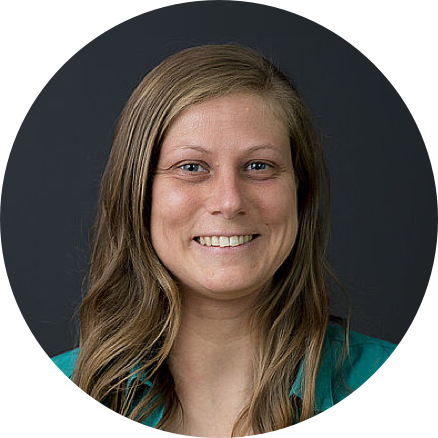
Maud Clément
Autoriseret osteopat
-
Opening HoursMonday - Friday08.00 - 17.00AddressRosenvangs Allé 17, 8260 VibyGet DirectionsParkingFree Parking4 spotsBus Departures2A1A4A142022A stops in front of the clinic.
1A, 4A, 14, and 202 stop 3 minutes away.AccessibilityThe clinic offers handicap access and a spacious waiting room
